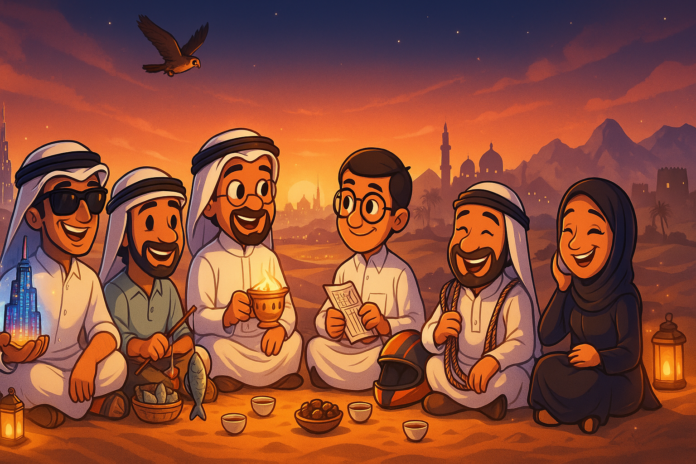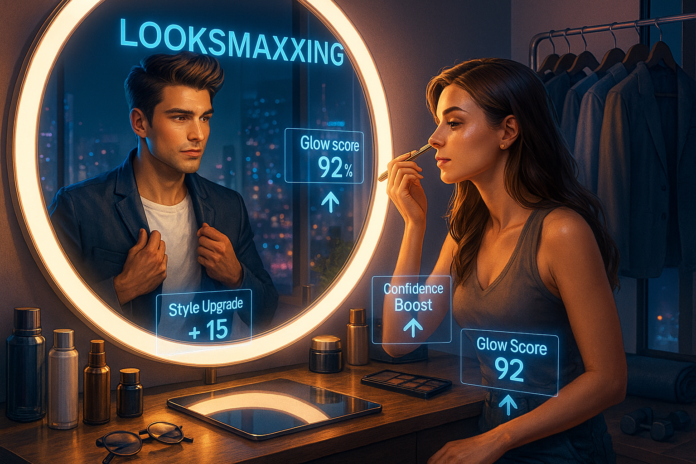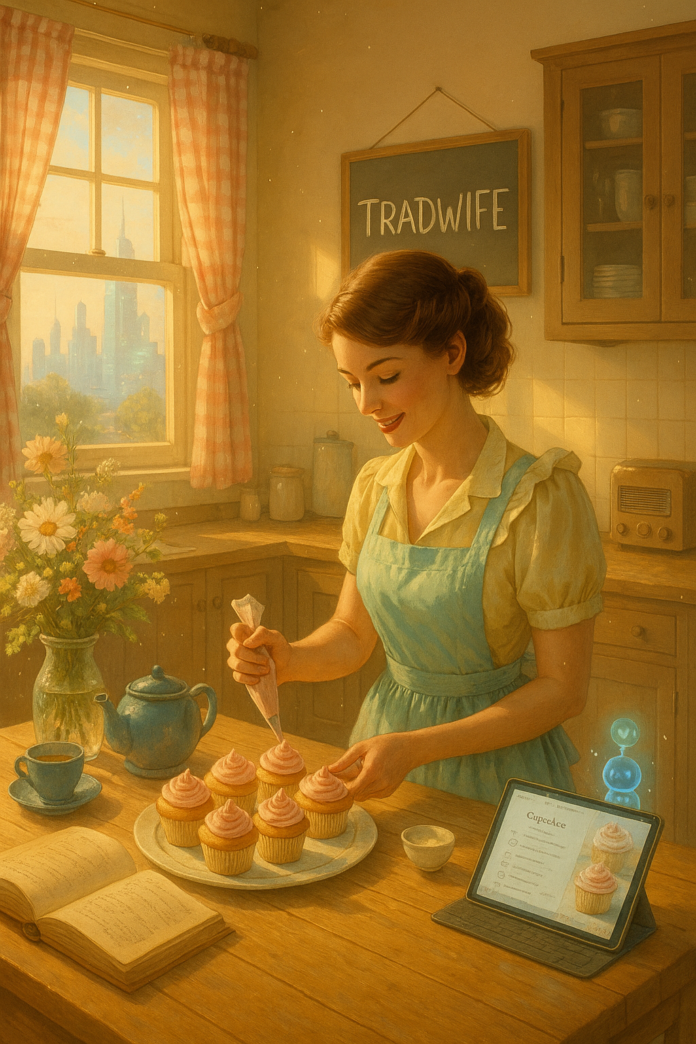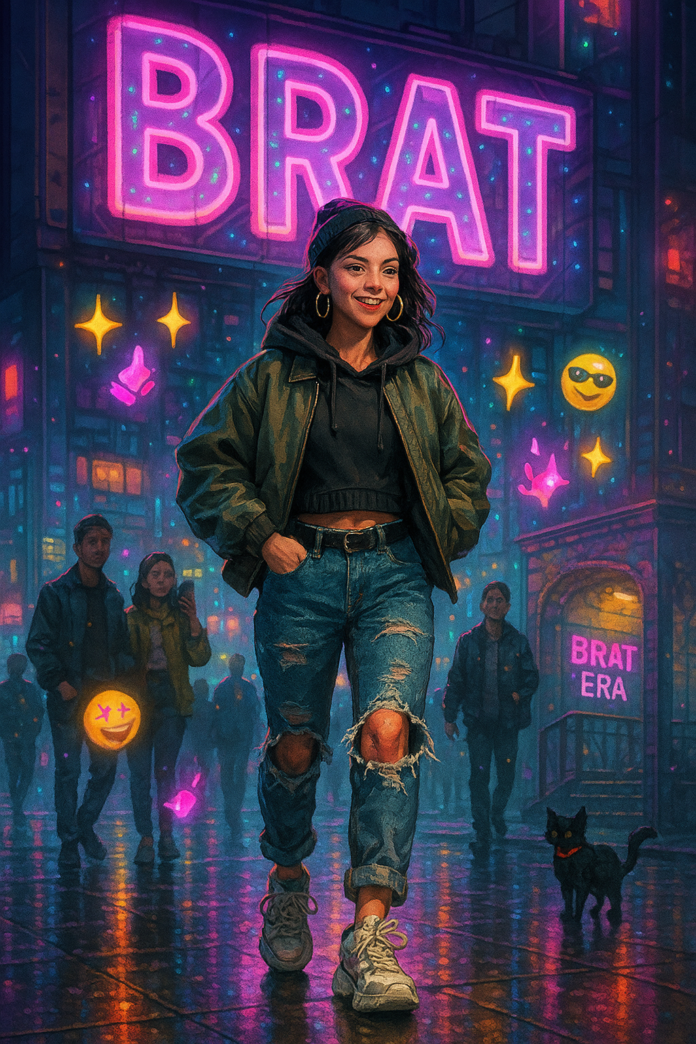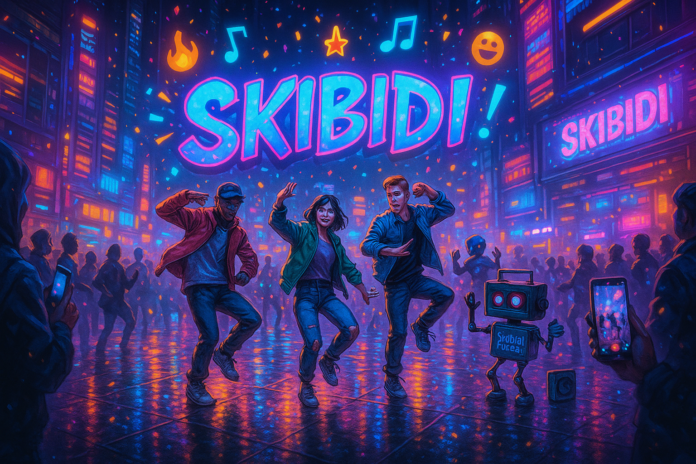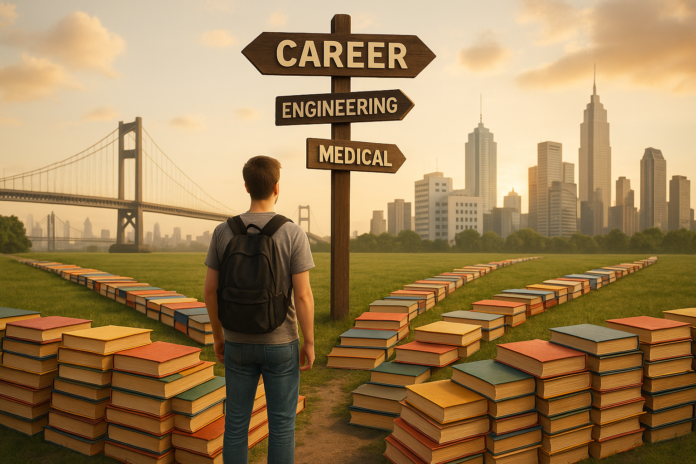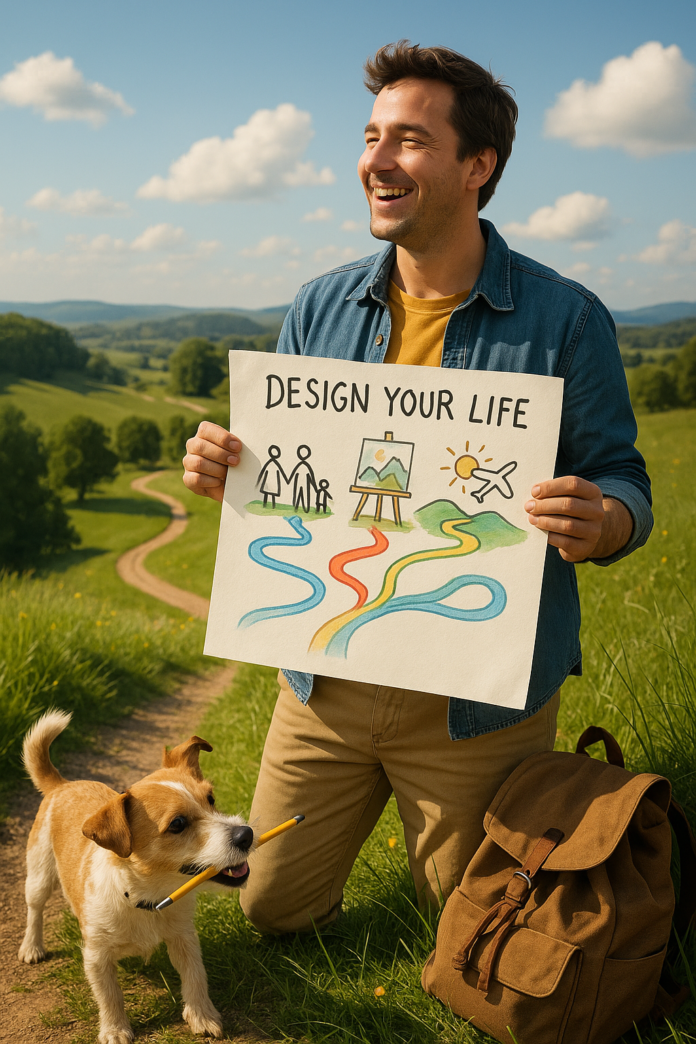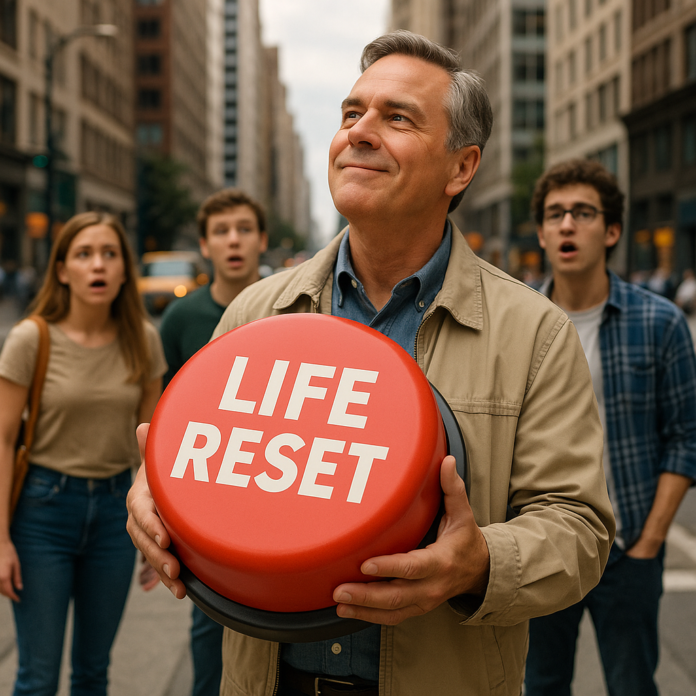One breezy evening, two personified emirates—Dubai and Ajman—sat on a dune sipping Arabic coffee, watching the sun dip below the horizon. The other emirates were nearby, enjoying the cool night air.
Dubai, always flashy, adjusted its metaphorical designer sunglasses and smirked.
Dubai: “You know, Ajman, if glamor had a capital, it would have my skyline. Even the falcons stop mid-flight to take selfies with Burj Khalifa.”
Ajman chuckled, tossing a pebble playfully.
Ajman: “Sure, Dubai. But let’s be honest—people come to me when they want the beach without a traffic jam or a shopping mall big enough to get lost in.”
The Playful Back-and-Forth
Abu Dhabi chimed in with a grin:
Abu Dhabi: “While you two argue about beaches and skyscrapers, remember I’m the one with the palace parties and Formula 1. The only thing faster than my racetrack is how quickly you both borrow my cultural clout.”
Sharjah, polishing its museums, added:
Sharjah: “Please, Abu Dhabi. Culture lives here. While you’re busy with your horsepower, I’m making sure the world actually learns about our history instead of just taking photos for Instagram.”
Ras Al Khaimah, lounging like a mountain king, laughed:
Ras Al Khaimah: “All of you forget—I’ve got Jebel Jais. When people need adventure or a zipline that makes their hearts race, they’re climbing my peaks.”
Fujairah raised an eyebrow from the coast:
Fujairah: “And when those climbers need a quiet beach to recover, I’m the hero they turn to. No malls, no traffic—just turquoise water and peace.”
Umm Al Quwain, sipping calmly, delivered the punchline:
Umm Al Quwain: “You’re all adorable. While you’re busy showing off, I’m the secret spot locals whisper about when they’re tired of your big-city egos.”
The Big Laugh
The group burst into laughter, their friendly teasing echoing through the desert night. The falcon overhead tilted its wings as if to say, “Typical UAE family drama.”
Dubai finally raised its cup of coffee:
Dubai: “Fine. Maybe we’re all amazing. But admit it—you’d be boring without my nightlife!”
Ajman winked:
Ajman: “And you’d starve without my fish.”
They clinked coffee cups, united by a shared love for the country they all called home.
Closing Thought
The UAE’s beauty isn’t just in its landmarks—it’s in the playful rivalries that make each emirate shine brighter together. Seven siblings, seven personalities, one extraordinary family.
